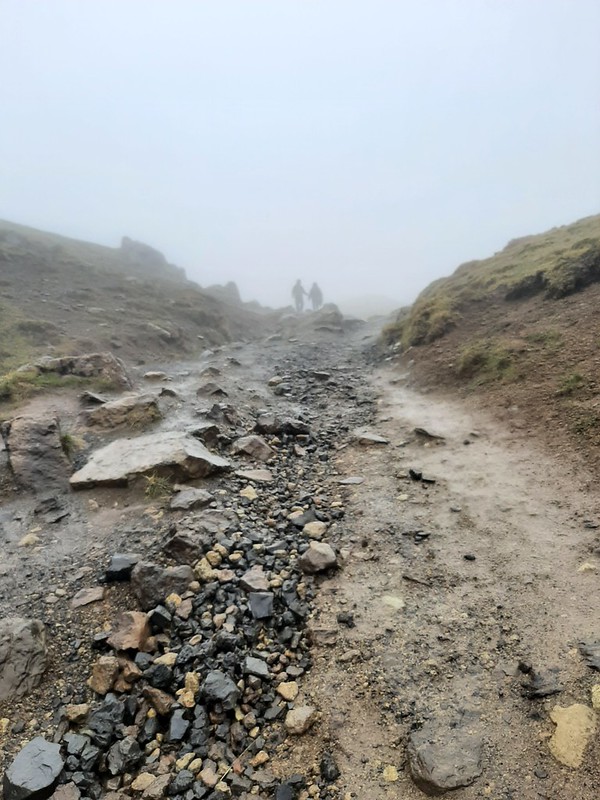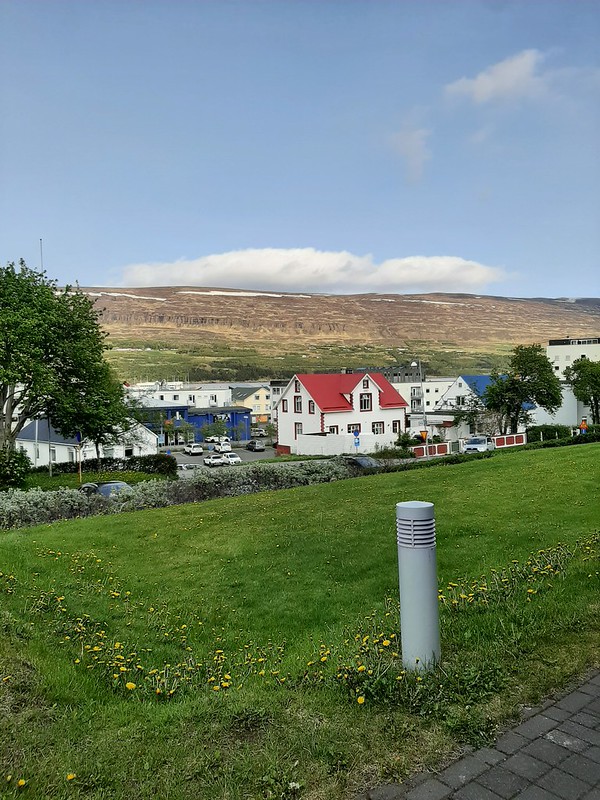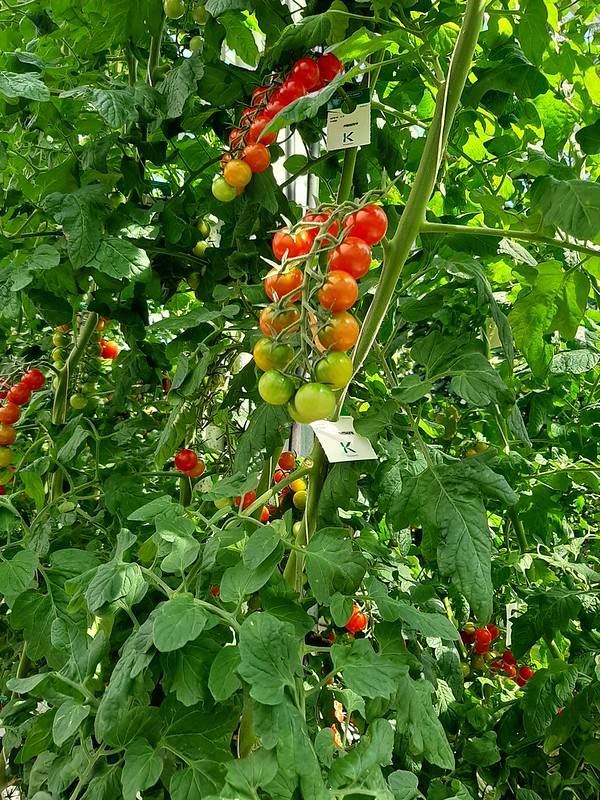Iceland: New environment, new lessons
By Lexi P.
June 30, 2023
My thoughts and feelings from the moment my plane touched down at Iceland’s Keflavik International Airport can only be described as total awe and admiration for the country’s immense beauty. From stunning mountains in the south to the breathtaking ocean views in Reykjavik to the green moss growing almost everywhere, Iceland captivated me the same way it does all other tourists and locals alike. The rugged but beautiful landscapes shrouded in a mysterious-looking mist were unlike anything I had ever seen before.

The environment in Reykjavik, Iceland’s capital city, was also an amazing new thing to experience. From an American perspective, I immediately noticed a few differences from what I’ve always known living in the temperately mild Midwest. For example, as in other Nordic countries, it isn’t uncommon in Iceland to spot babies left to nap outside (bunded in strollers, of course) in any kind of weather. Rain or shine, I also noticed Icelanders of all ages enjoying shopping and restaurants in Reykjavik. As the hours I had spent in Iceland grew into days, I continued to be pleasantly surprised by the way weather and culture interact there. A few days into our stay, my study-abroad group was introduced by locals to a common phrase among Icelanders; ‘there is no bad weather, only bad clothing.’ The idea of this phrase is really cool to me! I’ve guilty of complaining about the weather from time to time, whether it’s the heat of the summer or the freezing winter, but Iceland has given me a more appreciative perspective. Although people in Iceland certainly have a wide array of individual opinions, I think it’s admirable that a place with such extremely cold weather can have a weather-accepting outlook built into its culture.

Working with nature seems to be a social theme in Iceland, where environmentally-friendly options are generally preferred. A similar thing can be said for the way Iceland’s culture has adapted to the seasons of sunlight and darkness. In the summers, a taxi driver in Akureyri informed me, Icelanders take full advantage of the midnight sun: hiking, fishing, and enjoying social life in urban and rural communities. In the winter, she said when I asked how people dealt with having so few hours of daylight in the winter months, they focus on the joys of Christmas and all the festivities that come with it.

In Akureyri, a town of about 19,000 citizens located on Iceland’s northern coast, my group got to enjoy the beautiful mountains and abundant wildflowers. We learned about the town’s history at the Akureyri Museum, and listened to lectures from professors at the University of Akureyri. Overall, although we only spent (a little less than) two weeks in Iceland, the impression it left on me will last a lifetime. I feel very fortunate to have made new connections with the people I met in Iceland and with the students in my group, and I’m grateful to have seen the way nature and culture interact in stunning Iceland.
Learn more about this blogger’s study abroad program: Urban Life and Icelandic Culture